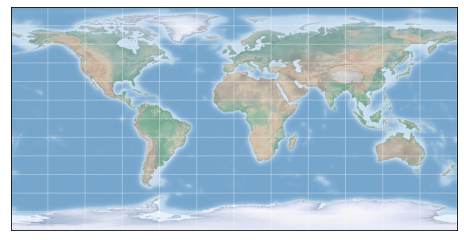Subsection 11.4.1 Continental Drift

Continental drift is a theory that tells Earth’s continents were once joined together in a single landmass and have drifted apart over millions of years. This theory was first proposed by Alfred Wegener in 1912, based on the observation that the shapes of the continents on either side of the Atlantic Ocean seemed to fit together like puzzle pieces Figure 11.4.2. According to the theory of continental drift, the continents were once part of a single supercontinent called Pangaea. Pangaea began to break apart about 200 million years ago. Over time, the continents moved away from each other, due to tectonic movement. One of the key pieces of evidence came from the study of paleomagnetism, which showed that the magnetic orientation of rocks on different continents matched up when the continents were brought together.
Theory of Continental drift
Laurasia and Gondwana were two supercontinents that existed during the Mesozoic Era, between approximately 252 million to 66 million years ago. Laurasia was a northern supercontinent that consisted of present-day North America, Europe, and Asia (excluding India and Arabia). It formed during the Late Paleozoic Era when the supercontinent Pangaea began to break apart. Gondwana, on the other hand, was a southern supercontinent that consisted of present-day South America, Africa, Antarctica, Australia, the Indian subcontinent, and the Arabian Peninsula. It formed during the Neoproterozoic Era, when earlier supercontinents began to break apart. Gondwana and Laurasia both are continued to fragment during the Mesozoic Era. Laurasia and Gondwana were separated by the Tethys Sea. The breakup of these supercontinents shaps the geography of the Earth and the evolution of life on the planet. For example, the separation of South America and Africa created an oceanic barrier that allowed different species to evolve independently. The separation of India from Antarctica and Australia led to the formation of the Himalayas.
